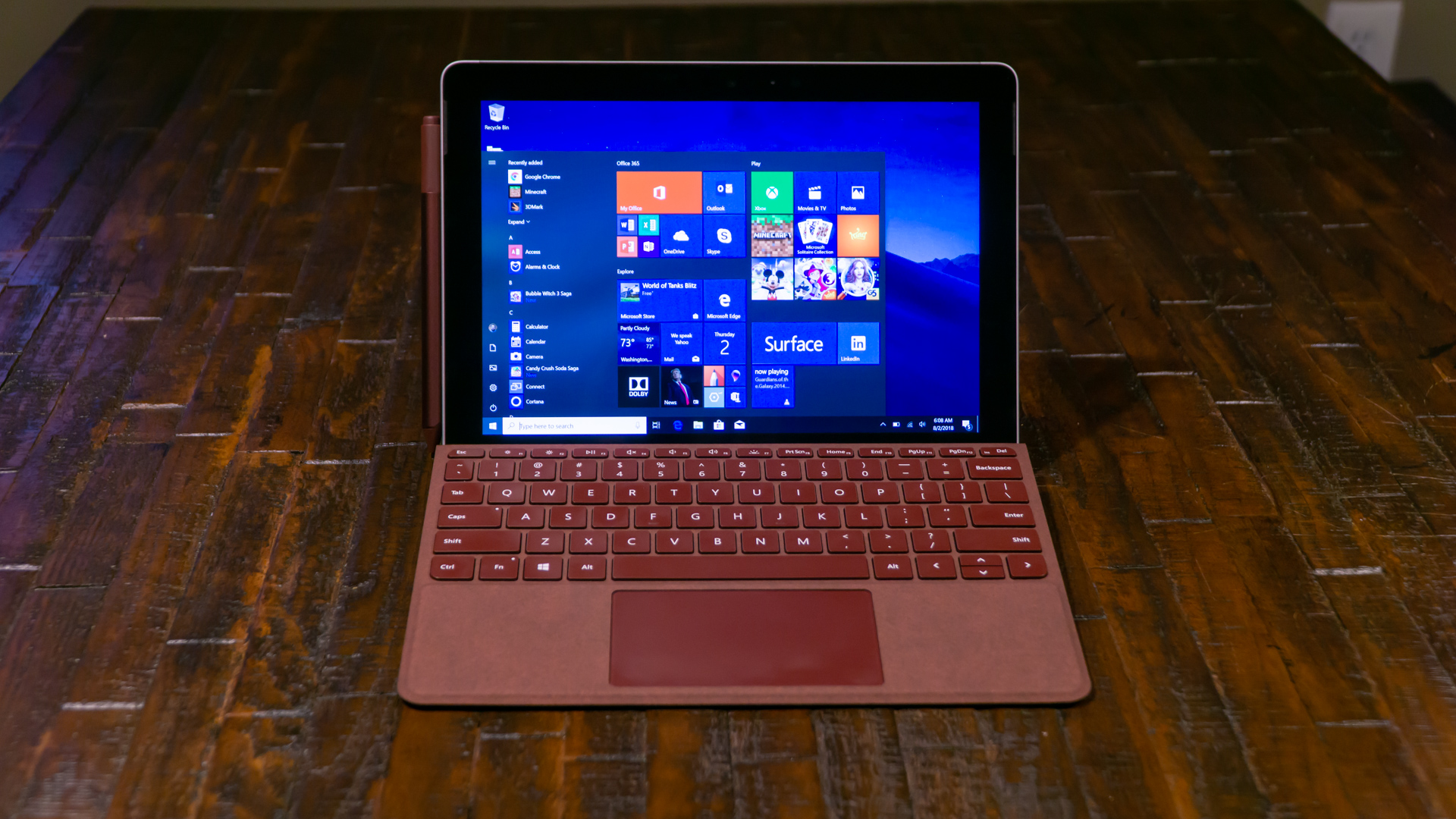Microsoft Surface Go was reportedly almost an ARM Windows tablet
Intel ‘petitioned Microsoft heavily’ to use Pentium Gold

Sources speaking to Paul Thurrott have said that the Surface Go, Microsoft’s latest miniaturized version of its flagship Windows tablet, was originally intended to use an ARM processor. It reportedly wasn’t until Intel ‘petitioned Microsoft heavily’ that it went with a Pentium Gold processor.
The report deals with a response many had to the Surface Go: why did Microsoft choose an Intel processor for its smallest Surface tablet instead of an ARM-based one, considering the latter’s supposed benefits to battery life and mobile-centric use?
Not to mention that Microsoft was expected to set an example for Windows on ARM. Earlier this year, the Windows on ARM platform debuted to poor performance, so an improvement was expected.
Update: A Microsoft spokesperson has provided us with the following statement:
"Part of being product makers is listening to our customers and pushing ourselves to evolve and improve with every generation of devices we create. The Intel Pentium Gold processor is great for Surface Go and we worked closely with Intel to optimize Surface to deliver the best power and performance for our customers, and a consistent experience across the Surface family of devices. The performance from this device provides over 2x that of Surface 3 – and when compared to Surface Pro 3 GPU, 33% more than the i5 and 20% more than the i7. Only this processor could deliver that kind of performance in a device this small and just 1.15 pounds.”
Why the last minute change?
It still remains unclear why Microsoft ultimately went with the Intel processor, but these issues with performance wouldn’t likely have been resolved before the Surface Go’s release.
Even the updated Snapdragon 850 processor for late-2018 Windows devices isn’t likely to match the power that users have come to expect from Windows laptops and tablets running on Intel chips.
Get daily insight, inspiration and deals in your inbox
Sign up for breaking news, reviews, opinion, top tech deals, and more.
Furthermore, ARM-based Windows devices still cannot support a large number of apps that Intel and AMD-based ones inherently do.
This is because the vast majority of apps on Windows 10 were created to interface with Intel’s x86 instruction set architecture, and therefore are incompatible with the ARM processor without emulation.
Not only does this emulation introduce an additional level of overhead on the ARM processor to drive the virtualized environment in which to run these apps, Windows 10 can only emulate 32-bit x86 apps so far – a majority of Windows 10 apps are 64-bit, but this limitation is almost through.
What's even worse for ARM is that Intel is publicly against this emulation and possibly prepared to lawyer up over it on patent infringement concerns.
All told, ARM’s success on Windows has been an uphill battle for years, and is likely to be that way for at least a while longer. App compatibility and performance issues are more easily solvable problems – Qualcomm’s already planning an update following Snapdragon 850 for 2019 – than potential patent infringement lawsuits.
Intel, meanwhile, has had trouble keeping pace with rivals in moving onto smaller processor design architectures, with its 14-nanometer process now several years old and its 10nm process delayed to mid-2019.
This news shows how heated the competition in the silicon industry has become in the past few years.
- These are the best processors we've tested this past year
Via The Verge
Joe Osborne is the Senior Technology Editor at Insider Inc. His role is to leads the technology coverage team for the Business Insider Shopping team, facilitating expert reviews, comprehensive buying guides, snap deals news and more. Previously, Joe was TechRadar's US computing editor, leading reviews of everything from gaming PCs to internal components and accessories. In his spare time, Joe is a renowned Dungeons and Dragons dungeon master – and arguably the nicest man in tech.
